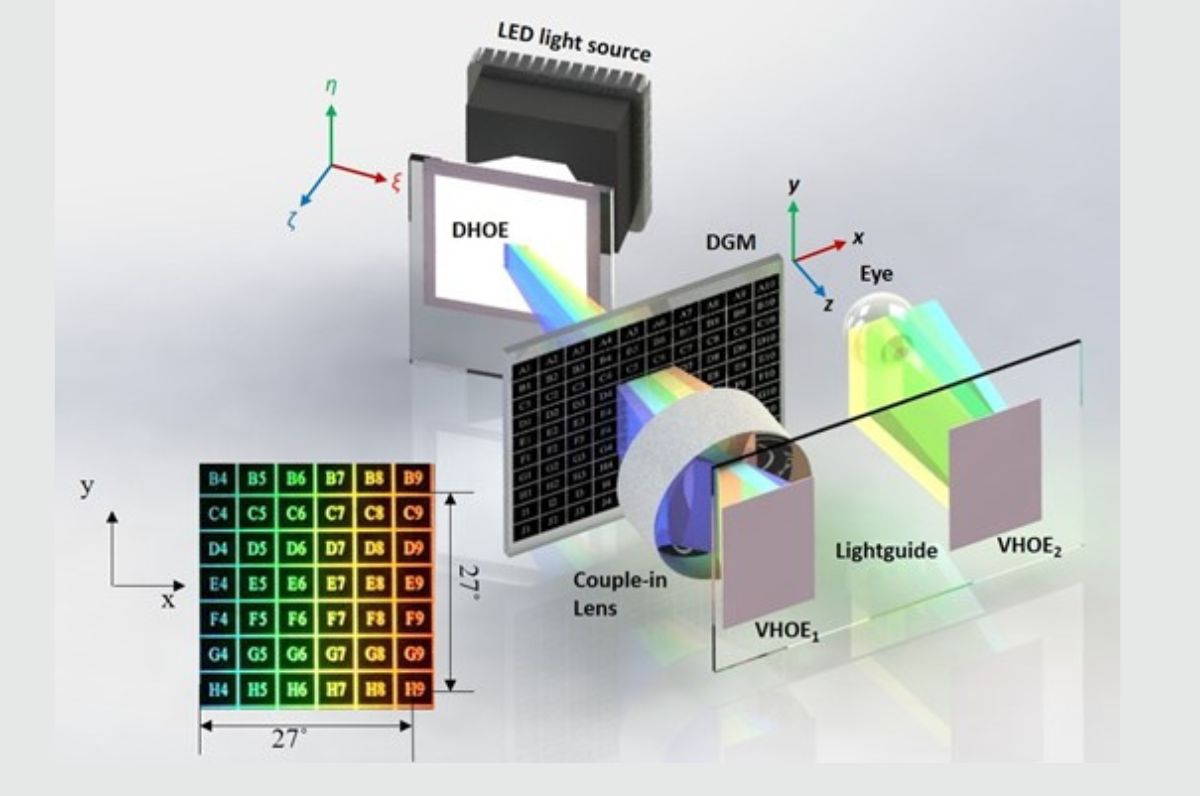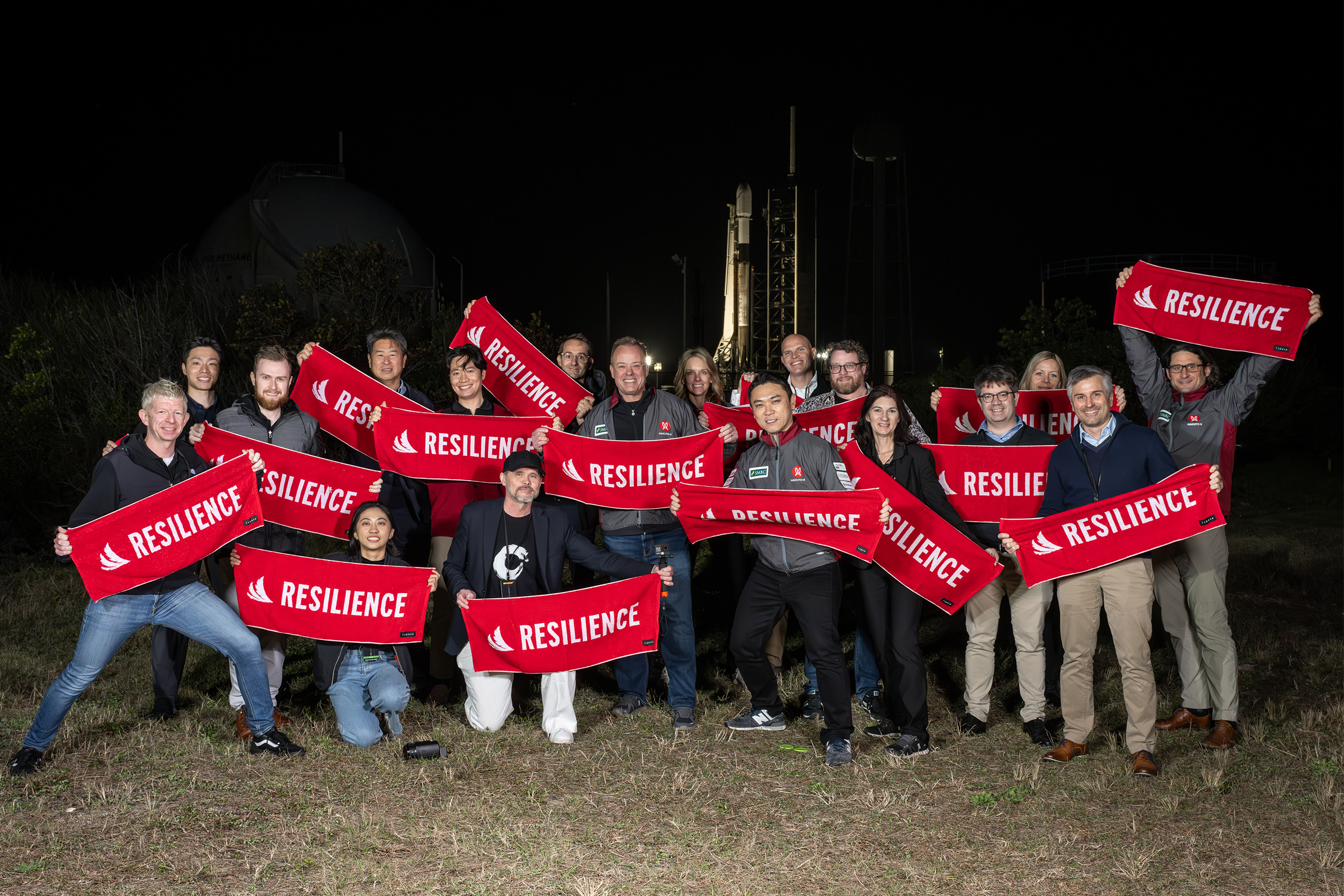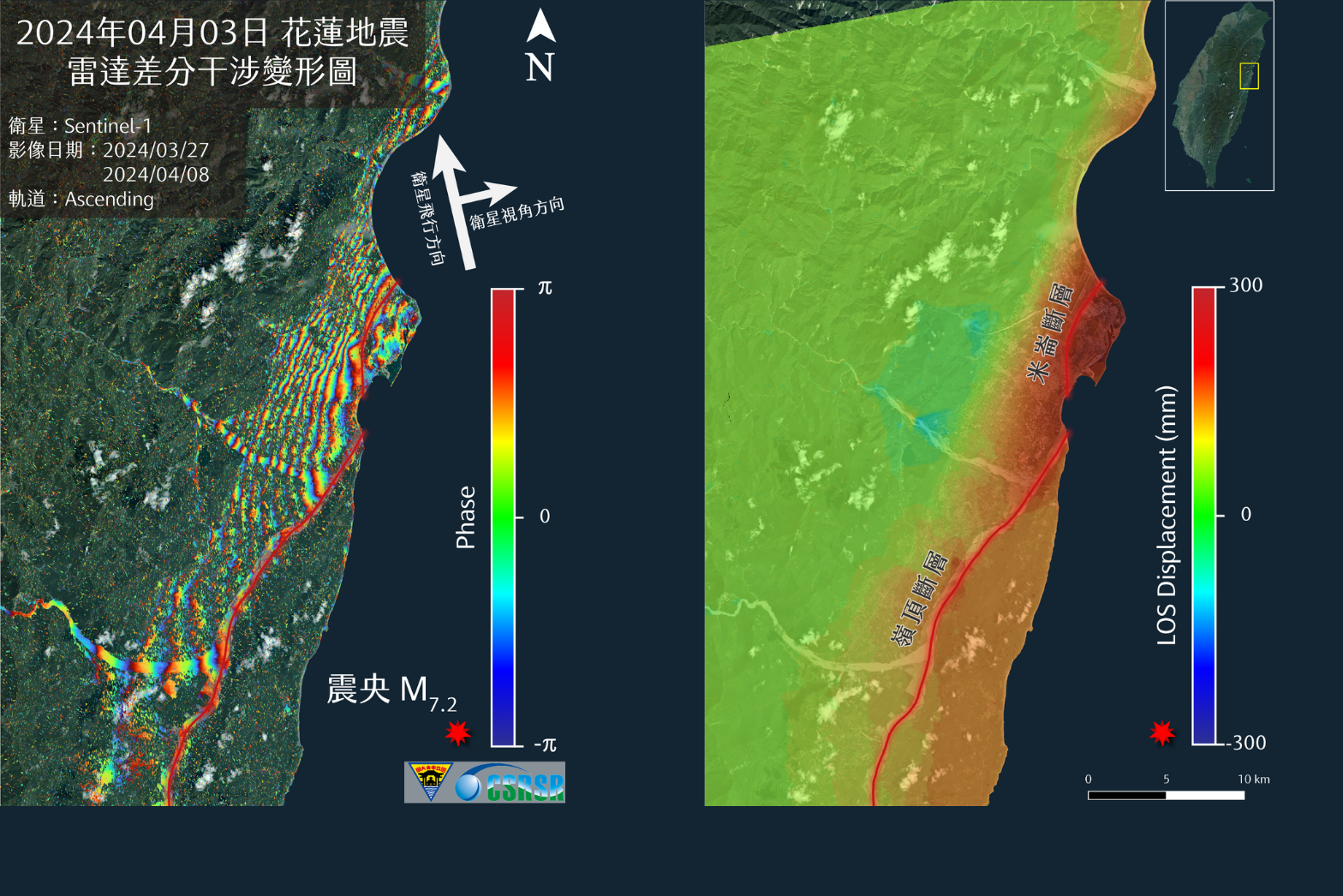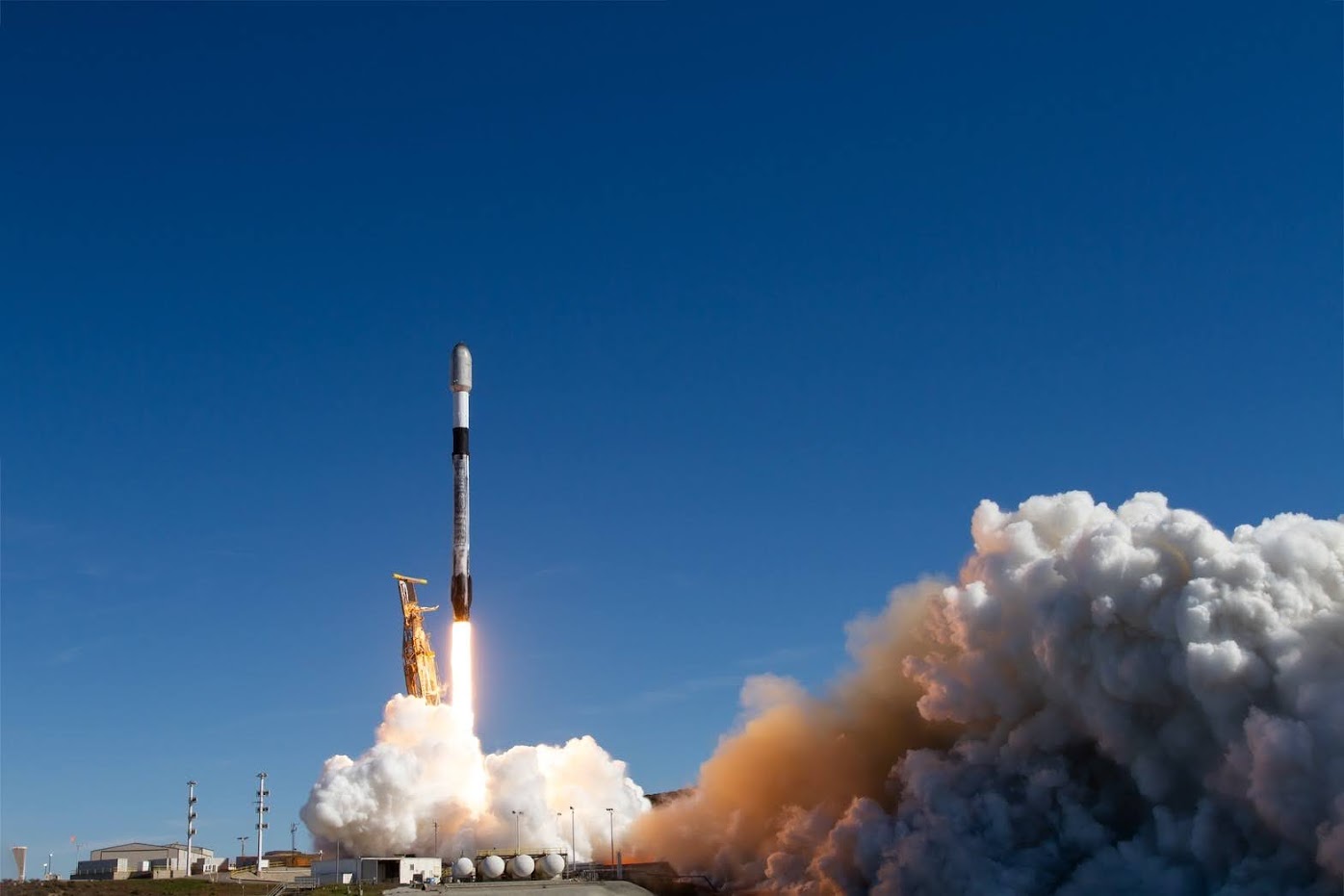-
 2025-02-20Academic News
2025-02-20Academic NewsNCU Research Team Participates in Findings in Nature, Revealing Accelerated Freshwater Loss and Sea-Level Rise by Melting Glaciers
-
 2025-02-19Academic News
2025-02-19Academic NewsBreakthrough in Optical Efficiency by Professor Sun Ching-Cherng’s Research Team: 500% Increase in Optical Efficiency
-
 2025-01-22Academic News
2025-01-22Academic NewsTaiwan’s First Indigenous Lunar Science Payload: NCU’s Deep Space Radiation Probe Successfully Transmits Initial Data
-
 2024-04-11Academic News
2024-04-11Academic NewsEmploying Remote Sensing to Guard Taiwan, Center for Space and Remote Sensing Research at NCU Assists in Hualien Earthquake Investigation and Disaster Relief
-
 2023-11-13Academic News
2023-11-13Academic NewsCubeSat "PEARL" Successfully Launched: NCU Marks the Beginning of Space Missions
The CubeSat "PEARL," jointly developed by National Central University and Hon Hai (Foxconn) Technology Group, was successfully launched aboard SpaceX's Falcon 9. It will conduct a year-long broadband communications experiment and space exploration, marking a new milestone for Taiwan's space technology!
Total Pieces of Info:49 Number of pages per page:5



